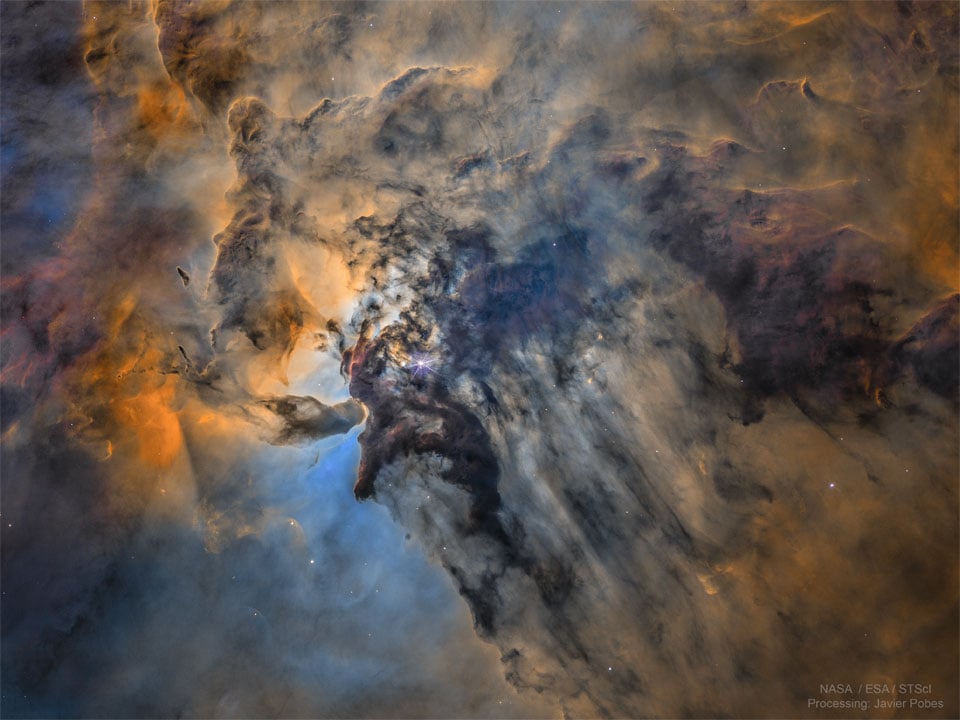Occam says “sure, bud”
Space
Share & discuss informative content on: Astrophysics, Cosmology, Space Exploration, Planetary Science and Astrobiology.
Rules
- Be respectful and inclusive.
- No harassment, hate speech, or trolling.
- Engage in constructive discussions.
- Share relevant content.
- Follow guidelines and moderators' instructions.
- Use appropriate language and tone.
- Report violations.
- Foster a continuous learning environment.
Picture of the Day
 The Busy Center of the Lagoon Nebula
The Busy Center of the Lagoon Nebula
Related Communities
🔭 Science
- [email protected]
- [email protected]
- [email protected]
- [email protected]
- [email protected]
- [email protected]
- [email protected]
- [email protected]
- [email protected]
🚀 Engineering
🌌 Art and Photography
Other Cool Links
If you consider only the case of "planet 9", but the theory also does a great deal to simplify the question of dark matter. If I understand it correctly, this theory implies simply that there is an additional force which we have been lumping in with gravity so far.
I look forward to seeing some controlled experiments test this hypothesis.
The problem with mond is that it doesn't agree with observations. The prime example is that galaxy merger currently in progress (forget the name). A particle based dark matter would pass through the merger while the gas would interact and slow down, and that's exactly what we see. The behavior is incompatible with mond. There are other examples but that one is pretty damning.
Bullet cluster?
Planet X... Alternative gravity... Uh huh
It's just a modification to GMm/r^2 equation most people are familiar with. Not that surprising
You say that like names such as "alternative something" and "something X" are irrevocable tied to conspriacy theorists and crazies. But chemical X is very real and can cause children to show some very strange, superpower-like behaviours.
Surely given our simulations and models of the solar system would not work if there was this planet?
Like we could either find it in the model because it would have to be so particular for it to exist it could only be in one position at any given time or it isn't doing much of anything to affect the model so it likely isn't there?
I'm guessing smarter people than me have asked and answered this but still.
I propose a new theory with no base to stand on whatsoever: it's a Wake.
